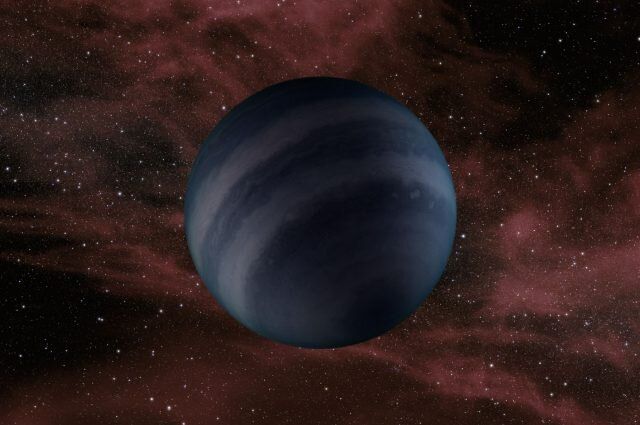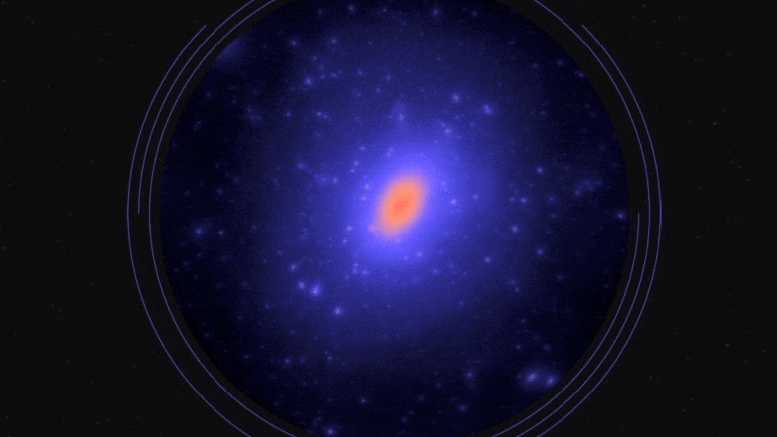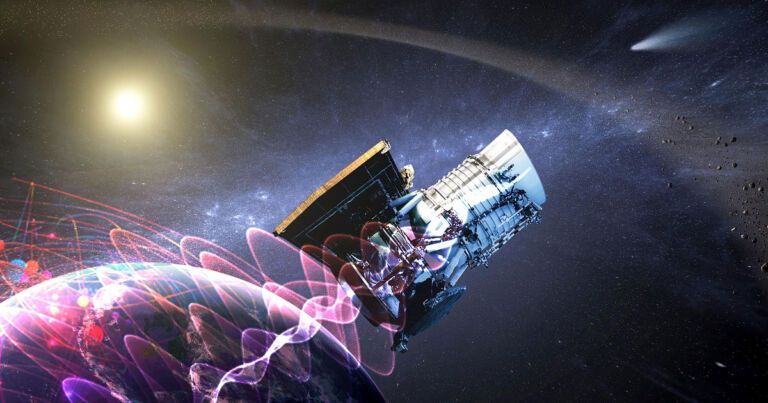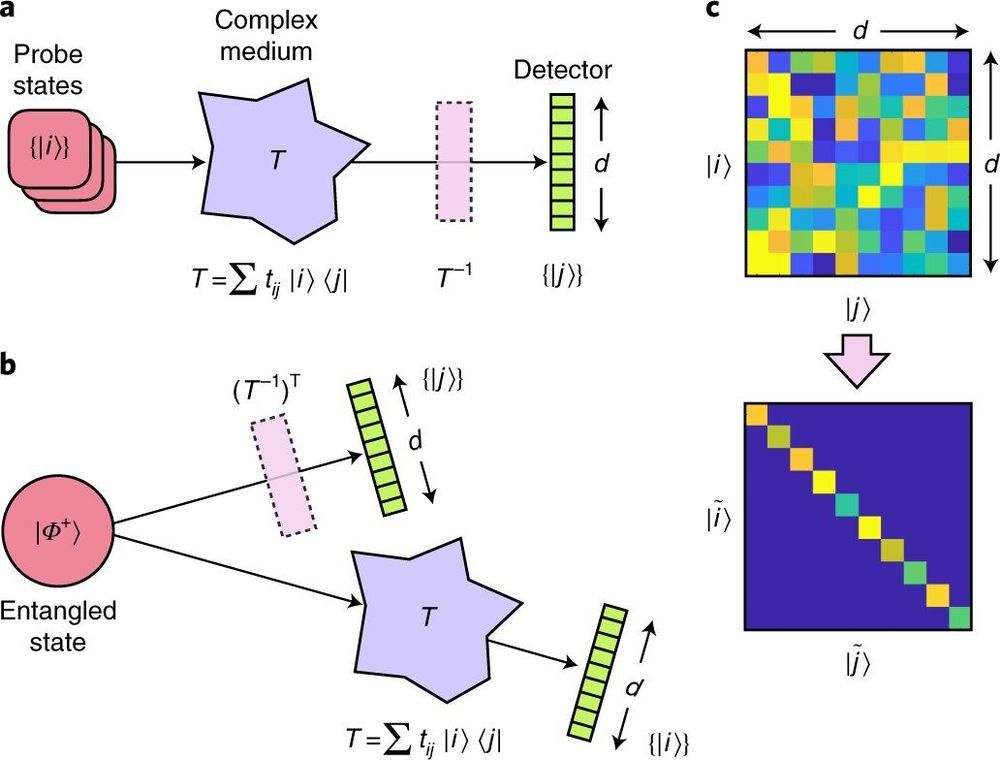Page 6202
Aug 14, 2020
Physicists calculate when the last supernova ever will happen
Posted by Genevieve Klien in categories: cosmology, physics
The end of the universe as we know it will not come with a bang. Most stars will slowly fizzle as their temperatures fade to zero.
“It will be a bit of a sad, lonely, cold place,” said theoretical physicist Matt Caplan, who added no one will be around to witness this long farewell happening in the far far future. Most believe all will be dark as the universe comes to an end. “It’s known as ‘heat death,’ where the universe will be mostly black holes and burned-out stars,” said Caplan, who imagined a slightly different picture when he calculated how some of these dead stars might change over the eons.
Punctuating the darkness could be silent fireworks—explosions of the remnants of stars that were never supposed to explode. New theoretical work by Caplan, an assistant professor of physics at Illinois State University, finds that many white dwarfs may explode in supernova in the distant far future, long after everything else in the universe has died and gone quiet.
Aug 14, 2020
Dark Matter Breakthrough Allows Probing Three of the Most Popular Theories, All at the Same Time
Posted by Quinn Sena in categories: cosmology, particle physics
Observations of dwarf galaxies around the Milky Way have yielded simultaneous constraints on three popular theories of dark matter.
A team of scientists led by cosmologists from the Department of Energy’s SLAC and Fermi national accelerator laboratories has placed some of the tightest constraints yet on the nature of dark matter, drawing on a collection of several dozen small, faint satellite galaxies orbiting the Milky Way to determine what kinds of dark matter could have led to the population of galaxies we see today.
The new study is significant not just for how tightly it can constrain dark matter, but also for what it can constrain, said Risa Wechsler, director of the Kavli Institute for Particle Astrophysics and Cosmology (KIPAC) at SLAC and Stanford University. “One of the things that I think is really exciting is that we are actually able to start probing three of the most popular theories of dark matter, all at the same time,” she said.
Aug 14, 2020
Black silicon photodetector breaks the 100% efficiency limit
Posted by Quinn Sena in category: quantum physics
Aalto University researchers have developed a black silicon photodetector that has reached above 130% efficiency. Thus, for the first time, a photovoltaic device has exceeded the 100% limit, which has earlier been considered as the theoretical maximum for external quantum efficiency.
“When we saw the results, we could hardly believe our eyes. Straight away we wanted to verify the results by independent measurements,” says Prof. Hele Savin, head of the Electron Physics research group at Aalto University.
The independent measurements were carried out by the German National Metrology Institute, Physikalisch-Technische Bundesanstalt (PTB), which is known to provide the most accurate and reliable measurement services in Europe.
Aug 14, 2020
Vatican allegedly hacked by Chinese state-backed cyber gang’ ahead of talks intended to improve relations between the two sides
Posted by Quinn Sena in categories: cybercrime/malcode, futurism
The Vatican and the Catholic Diocese of Hong Kong have been the targets of alleged Chinese state-backed hackers, it has emerged, just weeks before talks intended to improve relations between the two sides.
According to the U.S.-based cyber attack monitoring group Recorded Future, RedDelta, allegedly backed by the Chinese state, began attacking the Vatican in May ahead of upcoming talks in September to renew a landmark 2018 deal that helped thaw diplomatic relations.
Recorded Future said that the Hong Kong Study Mission to China — a key link between the Vatican and China — and the Pontifical Institute for Foreign Missions also were targeted.
Aug 14, 2020
Exclusive: China-backed hackers ‘targeted COVID-19 vaccine firm Moderna’
Posted by Quinn Sena in categories: biotech/medical, cybercrime/malcode, government
WASHINGTON (Reuters) — Chinese government-linked hackers targeted biotech company Moderna Inc, a U.S.-based coronavirus vaccine research developer, this year in a bid to steal data, according to a U.S. security official tracking Chinese hacking.
China on Friday rejected the accusation that hackers linked to it had targeted Moderna.
Last week, the U.S. Justice Department made public an indictment of two Chinese nationals accused of spying on the United States, including three unnamed U.S.-based targets involved in medical research to fight the novel coronavirus.
Aug 14, 2020
Pollution linked to antibiotic resistance
Posted by Xavier Rosseel in categories: biotech/medical, health
Antibiotic resistance is an increasing health problem, but new research suggests it is not only caused by the overuse of antibiotics. It’s also caused by pollution.
Using a process known as genomic analysis, University of Georgia scientists found a strong correlation between antibiotic resistance and heavy metal contamination in an environment.
Jesse C. Thomas IV, an alumnus of the College of Public Health and the Savannah River Ecology Laboratory, found commonalities in soils contaminated with heavy metals on the U.S. Department of Energy’s Savannah River Site near Aiken, South Carolina.
Aug 14, 2020
Episode 11 — Betelgeuse Dimming Mystery Might Be Solved, Says Edward Guinan
Posted by Bruce Dorminey in categories: futurism, space
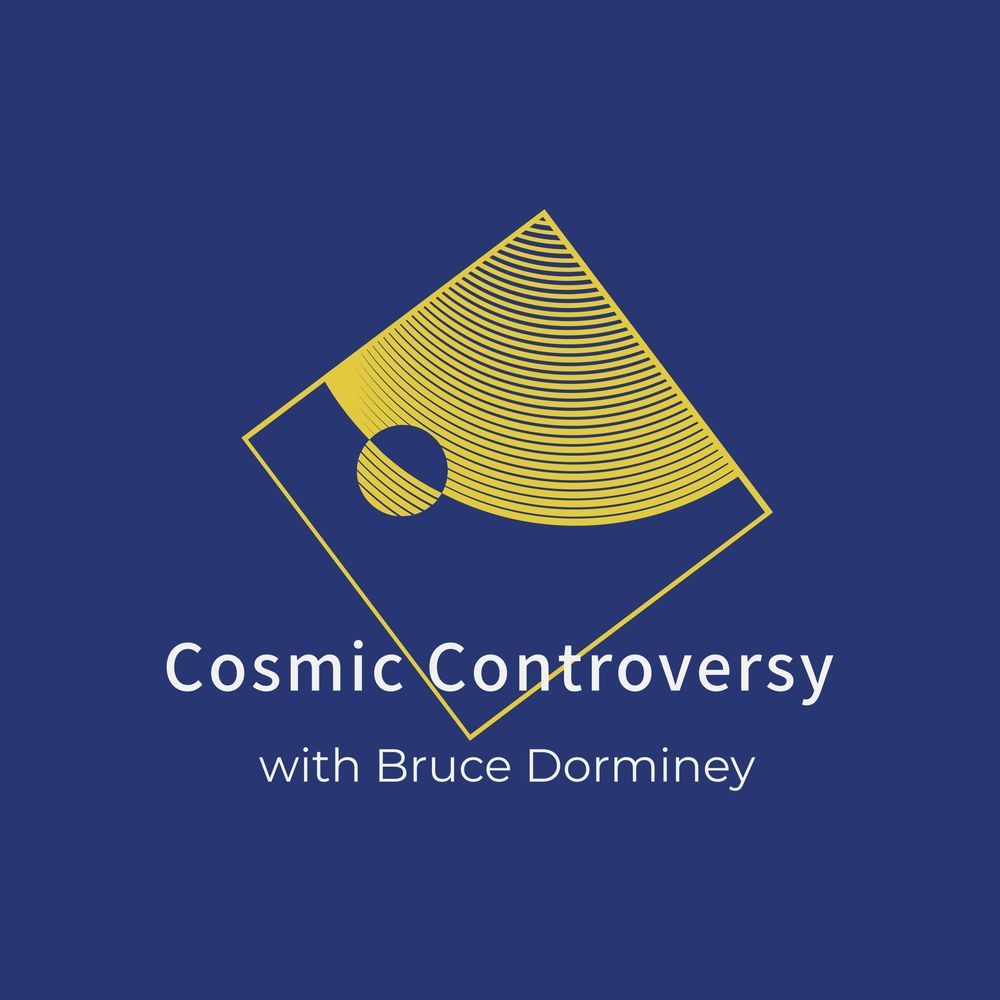
Great interview with Villanova University astronomer Ed Guinan, who explains today’s news of the latest paper on why Betelgeuse experienced such a deep dimming this past Fall and Winter. We cover a lot of territory from how Gene Roddenberry chose the name Guinan for the Whoopi Goldberg character on Star Trek’s Next Generation to the history behind the pole star’s mysterious brightening; to the Dog Star Sirius; to why life might still be possible around red dwarfs; to our Sun’s longterm future. Please listen!
In a stroke of serendipity during a wide-ranging podcast interview, Villanova University astronomer Edward Guinan explains the paper behind today’s news flap about the red supergiant star’s inexplicable dimming. The most recent explanation is that dust generated from cooling plasma spewed forth from the massive star’s interior caused Betelgeuse to appear more dim than usual. While Guinan acknowledges this scenario is a possibility, he remains skeptical. Please listen to this candid and entertaining episode!
Continue reading “Episode 11 --- Betelgeuse Dimming Mystery Might Be Solved, Says Edward Guinan” »
Aug 14, 2020
Chinese Scientists Figured Out How to Beam Quantum Messages From Satellites
Posted by Quinn Sena in categories: cybercrime/malcode, encryption, quantum physics, satellites
Safe Messaging
Cybersecurity experts have long warned that quantum computers, whenever it is that they become useful, will render useless most conventional forms of encryption. This new satellite experiment, which is described in research published in the journal Nature, suggests that it may be possible to send secure messages yet.
“A remarkable feature of the entanglement-based quantum cryptography as we demonstrated here is that such security is ensured even if the satellite is controlled by an adversary,” University of Science and Technology physicist Jian-Wei Pan told Space.com.
Aug 14, 2020
Demonstrating entanglement through a fiber cable with high fidelity
Posted by Quinn Sena in categories: computing, mapping, particle physics, quantum physics
A team of researchers from Heriot-Watt University, the Indian Institute of Technology and the University of Glasgow has demonstrated a way to transport entangled particles through a commercial fiber cable with 84.4% fidelity. In their paper published in the journal Nature Physics, the group describes using a unique attribute of entanglement to achieve such high fidelity. Andrew Forbes and Isaac Nape with the University of Witwatersrand have published a News & Views piece in the same journal issue outlining issues with sending entangled particles across fiber cables and the work done by the team in this new effort.
The study of entanglement, its properties and possible uses has made headlines due to its novelty and possible applications —particularly in quantum computers. One of the roadblocks standing in the way of its use as an international computer communications medium is noise encountered along the path through fiber cables that destroys the information they carry. In this new effort, the researchers have found a possible solution to the problem—using a unique attribute of entanglement to reduce losses due to noise.
The work exploited a property of quantum physics that allows for mapping the medium (fiber cable) onto the quantum state of a particle moving through it. In essence, the entangled state of a particle (or photon in this context) created an image of the fiber cable, which allowed for reversing the scattering within it as a photon was transmitted. And furthermore, the descrambling could be achieved without having anything touch either the fiber or the photon that moved through it. More specifically, the researchers sent one of a pair of photons through a complex medium, but not the other. Both were then directed toward spatial light modulators and then on to detectors, and then finally to a device used to correlate coincidence counting. In their setup, light from the photon that did not pass through the complex medium propagated backward from the detector, allowing the photon to appear as if it had emerged from the crystal as the other photon.

